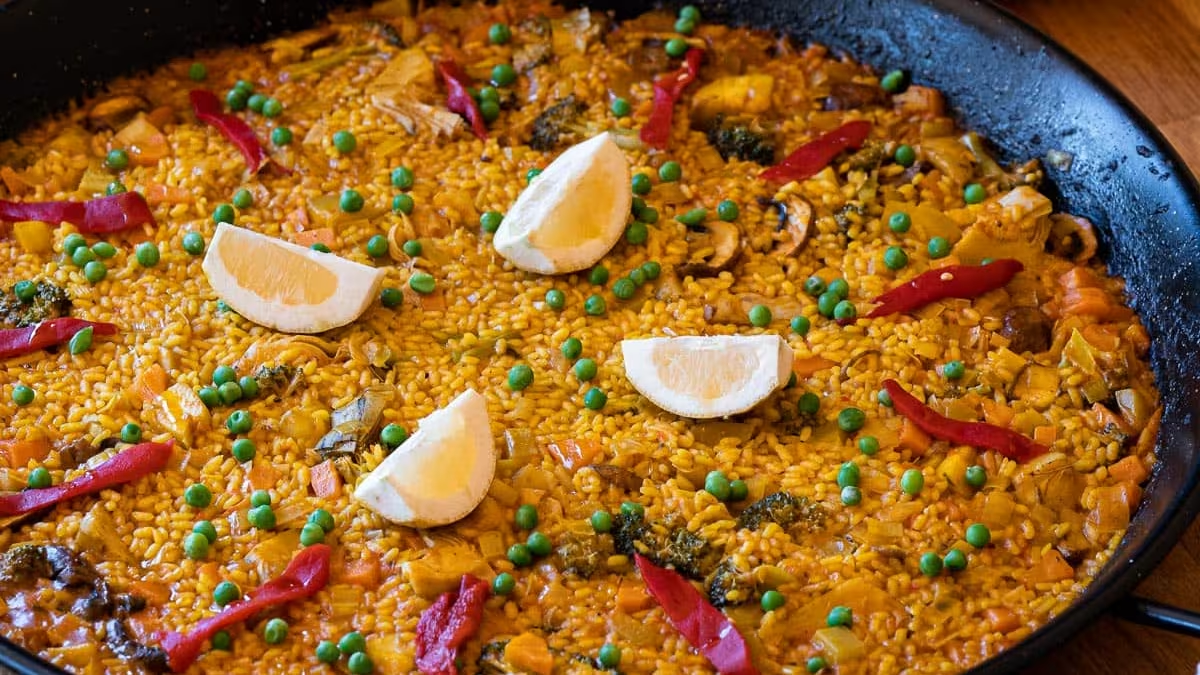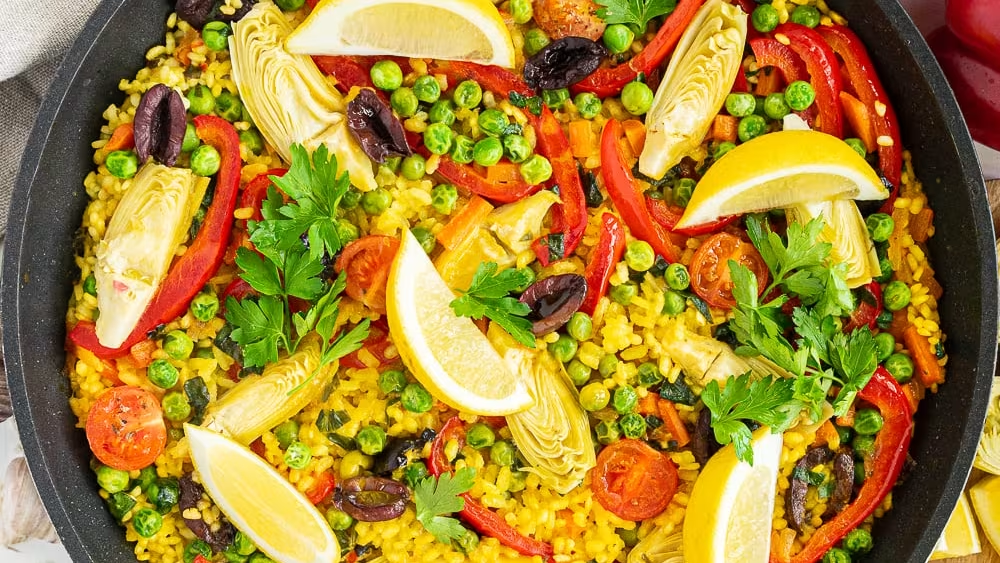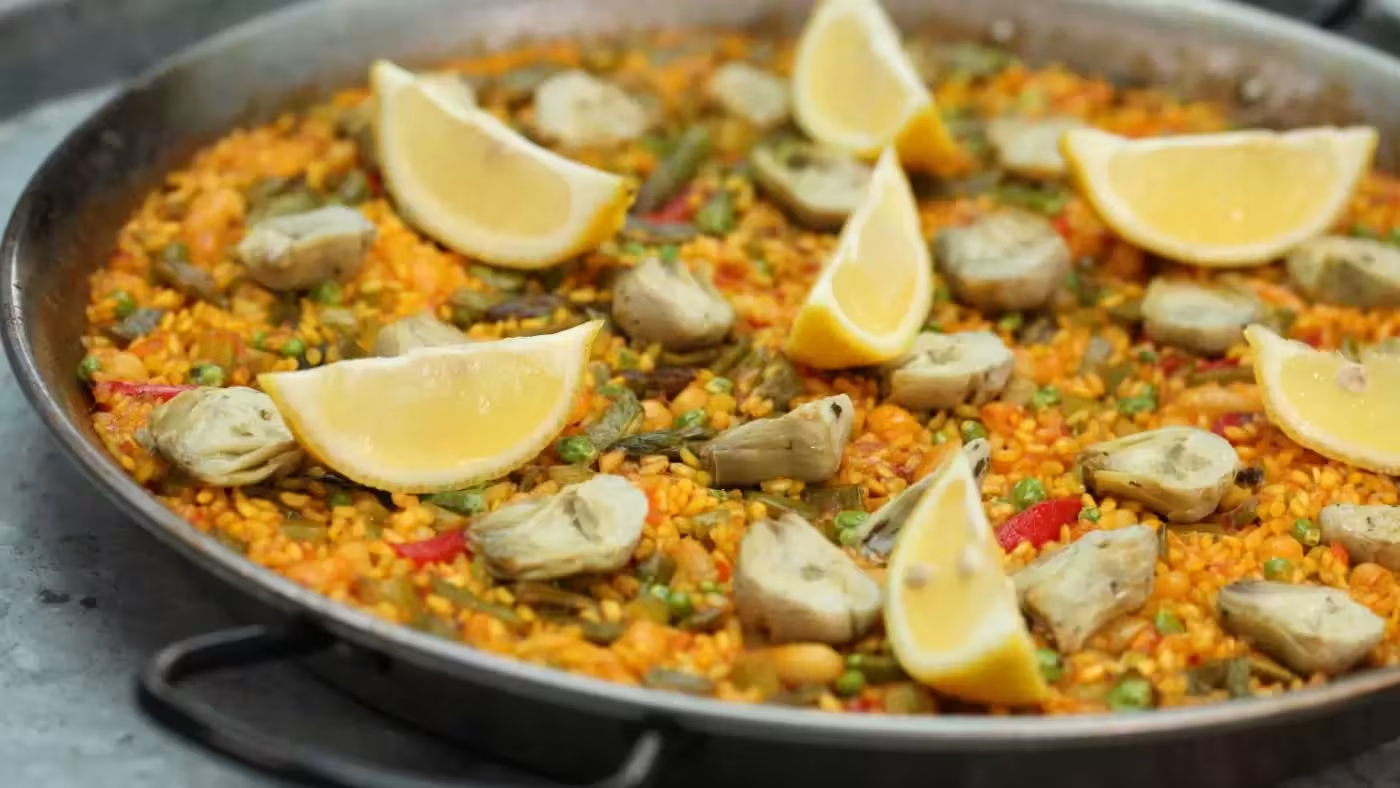
Delicious Spanish Vegetarian Recipes: Savor the Flavors of Spain with These Easy Dishes
Written by Jessica Lopez
Published at 17-02-2024
Edited on 04/03/2025 | 12:23 PM
Vegetarian RecipesCourse: Main Course
Cuisine: Spanish
Difficulty: Easy
Servings
4-6 servings
Prep Time
20 minutes
Cooking Time
30 minutes
Total Time
50 minutes
Fat
12g
Protein
8g
Carbs
40g
Calories
320 kcal
Are you ready to embark on a culinary journey to Spain without leaving your kitchen? Spanish vegetarian recipes are a vibrant celebration of flavors, colors, and textures that will delight your taste buds and impress your guests. From the rich heritage of tapas to the hearty comfort of paella, the Spanish cuisine offers a plethora of plant-based options that are both delicious and satisfying. Whether you’re a full-time vegetarian or simply looking to incorporate more meatless meals into your diet, these recipes are perfect for any occasion. Spain is known for its abundant use of fresh vegetables, aromatic herbs, and bold spices, making it a haven for vegetarian cooking.
Imagine the taste of ripe tomatoes, bell peppers, and eggplants mingling with fragrant olive oil and garlic. The beauty of Spanish vegetarian recipes lies in their simplicity, allowing the natural flavors of the ingredients to shine. Plus, many traditional dishes can easily be adapted to a vegetarian diet without sacrificing taste. In this blog, we’ll explore a variety of Spanish vegetarian recipes that range from quick weeknight meals to impressive dishes for entertaining.
You’ll find recipes for classic favorites like Gazpacho, a refreshing cold soup perfect for hot summer days, and Ratatouille, a rustic dish that showcases seasonal vegetables. Each recipe is crafted to not only be flavorful but also easy to prepare, making it accessible for cooks of all skill levels. So, grab your apron and let’s dive into the colorful world of Spanish vegetarian cooking. Your taste buds are in for a treat, and you’ll soon discover that eating vegetarian can be both indulgent and satisfying!.


